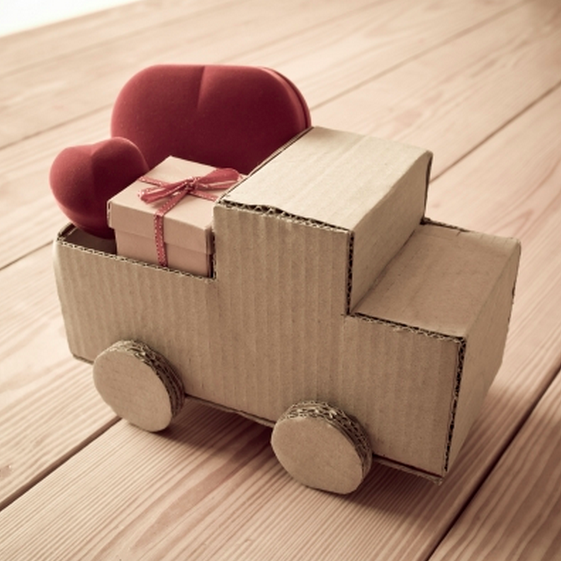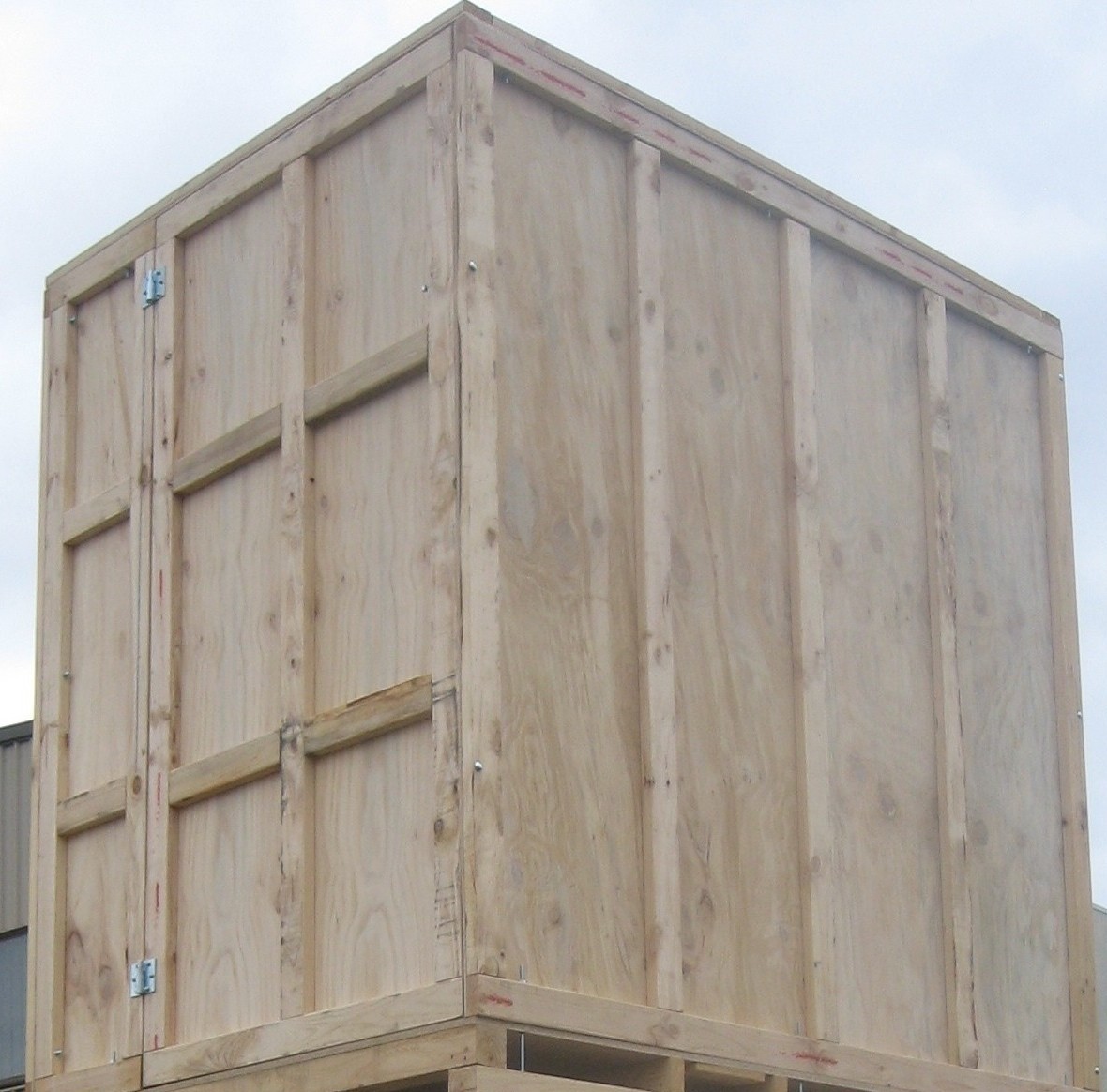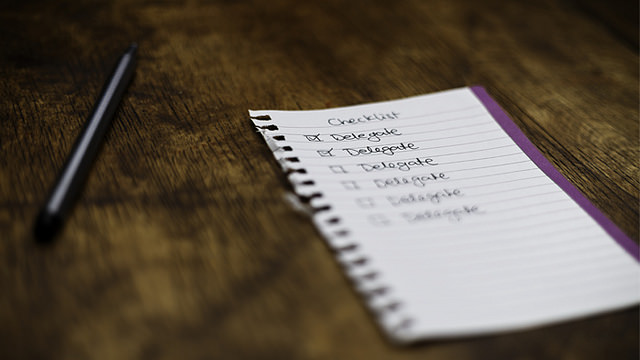Modular Storage:
Modular storage
Modular storage or ‘mod’ storage is one of the types of storage we offer.
Your belongings are securely placed inside purpose built, 10 cubic metre wooden storage modules. Your items are wrapped with padded blankets and are strategically placed to make the most of the space.
Over the years of experience gained through operating a removal and storage company we opted for modular storage. We identified it as the most economical way for customers to store their items. We buy purpose built flat pack kits that we assemble on site, all materials are of the highest grade and made of plywood, which ensures the items being stored can breathe which reduces the chance of mould. (However, as when storing any items, you must ensure that nothing damp is placed into storage).
From time to time we hear that other storage companies are offering cheaper rates on storage based on the size. The main point of writing this article is to point out the difference and savings you make when using this system.
When loading and unloading the mods, the truck can park next to the mod making it faster to load which in turn reduces the time taken and in turn reduces the cost of your removal when being charged at the hourly rate. So when another removal or storage company offers a cheaper rate make sure you’re comparing apples with apples. A lot of the time the assumed cheaper rates are based on a hard to get to storage unit, meaning the removalists have to walk along corridors and use lifts which substantially increase the load or unload time – hence an excessive removal bill when being charged by the hour. With a removal hourly rate sometimes 4 times higher than the weekly storage rate you can see why this is such a false economy…
Modular storage is also a safe and secure way of storing your belongings as there is no general public access and your items are shut securely behind closed doors at all times.
Our customers use our modular storage for all kinds of reasons. Here are a few:
- Customers who are de-cluttering before a home style pre house sale
- Customers who simply have run out of space in their current home.
- The contents of deceased estates and the family want to deal with it later on.
- In-between homes
- Down-sizers
- Gone travelling!
- Placed overseas with work for a while
- Renovating current homes are very common
- Businesses who have down sized temporarily and want to store furniture for the inevitable expanding at a later point.
- Offices that move into new premises who have fit outs as an incentive and don’t want to sell their current furniture.
Suitable for:
Domestic furniture
Commercial furniture
Long term storage
Short term storage
Modular Storage Pros:
Very fast to load – massive savings on the removal bill
Furniture can breathe (wooden modules) reducing chance of mould
10m3 modules so you don’t pay for empty space
Dust free
Secure as there is no general public access
Cheaper
Modular Storage Cons:
If you need to retrieve an item/items from your module prior to moving out then you may have to empty out the module to get to it unless items are identified pre loading and placed at the front of the module. Although this would also apply to any enclosed storage facility.
Restricted access, by appointment only.
MODS delivered to your door:
Some companies offer to bring the modules to your door. This isn’t a procedure we operate or recommend, please see the cons below…
Pros:
Saves double handling
Cons:
The likeliness of your items getting damaged inside the module whilst in transit increases dramatically as there are no tie points inside the modules. Hence your furniture can’t be secured in place; greatly increasing the risk of damage.
This is why we don’t operate this procedure.
Our recommendation of using a removal truck to transport your furniture and belongings into storage ensures your belongings are securely positioned to reduce the movement which potentially causes damage whilst in transit.







